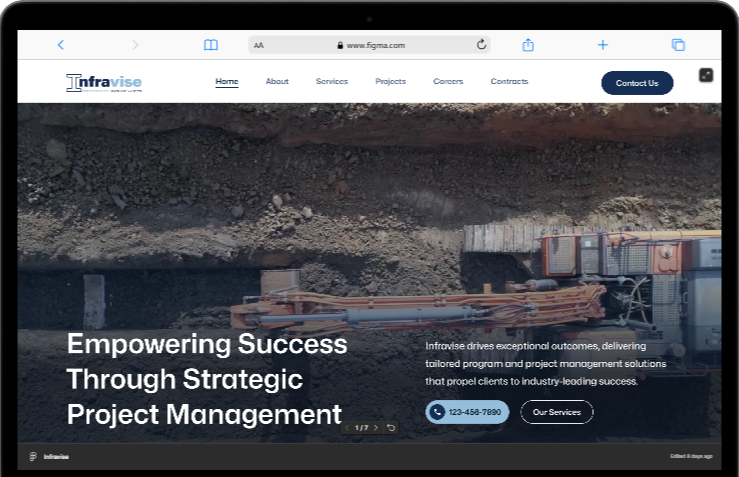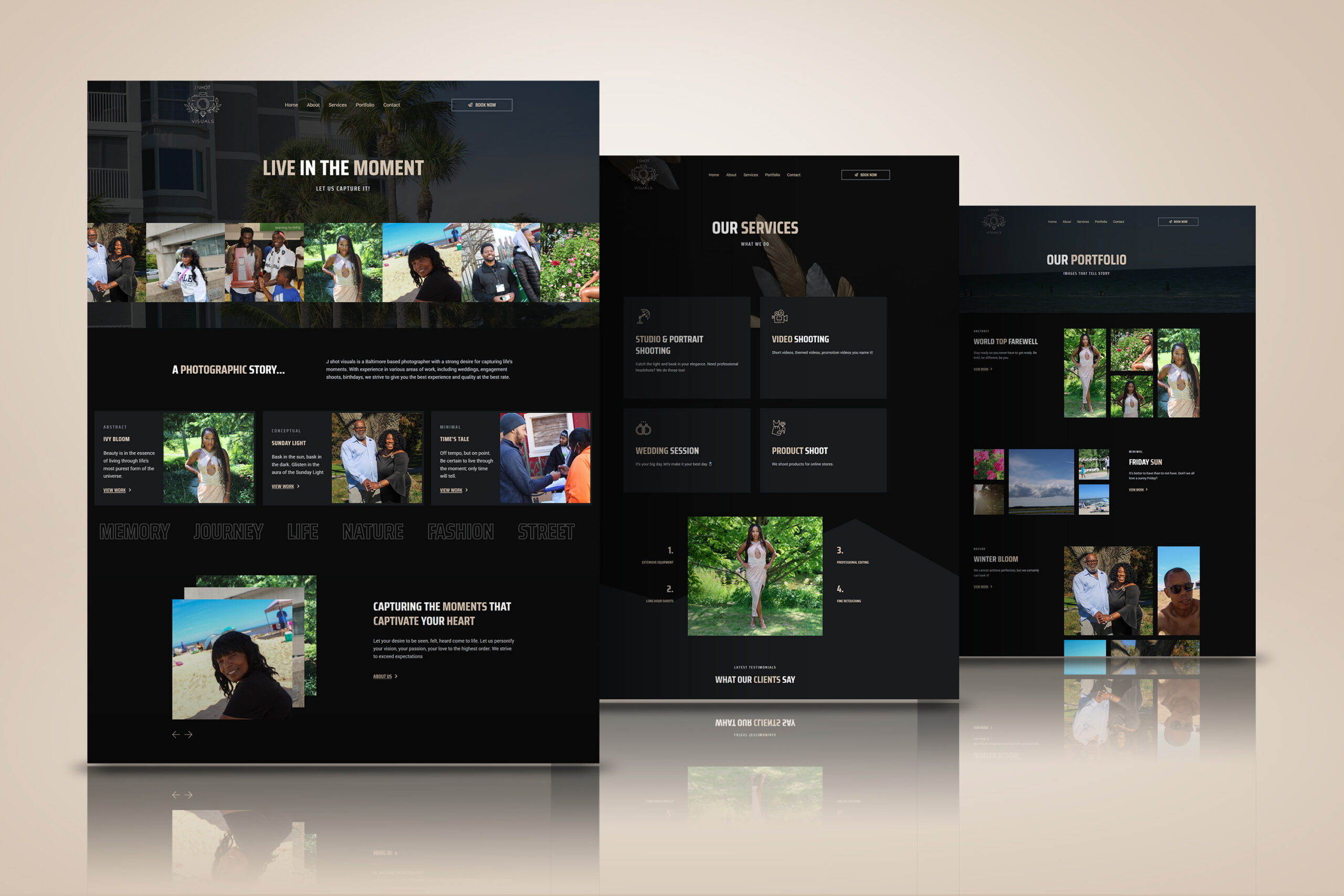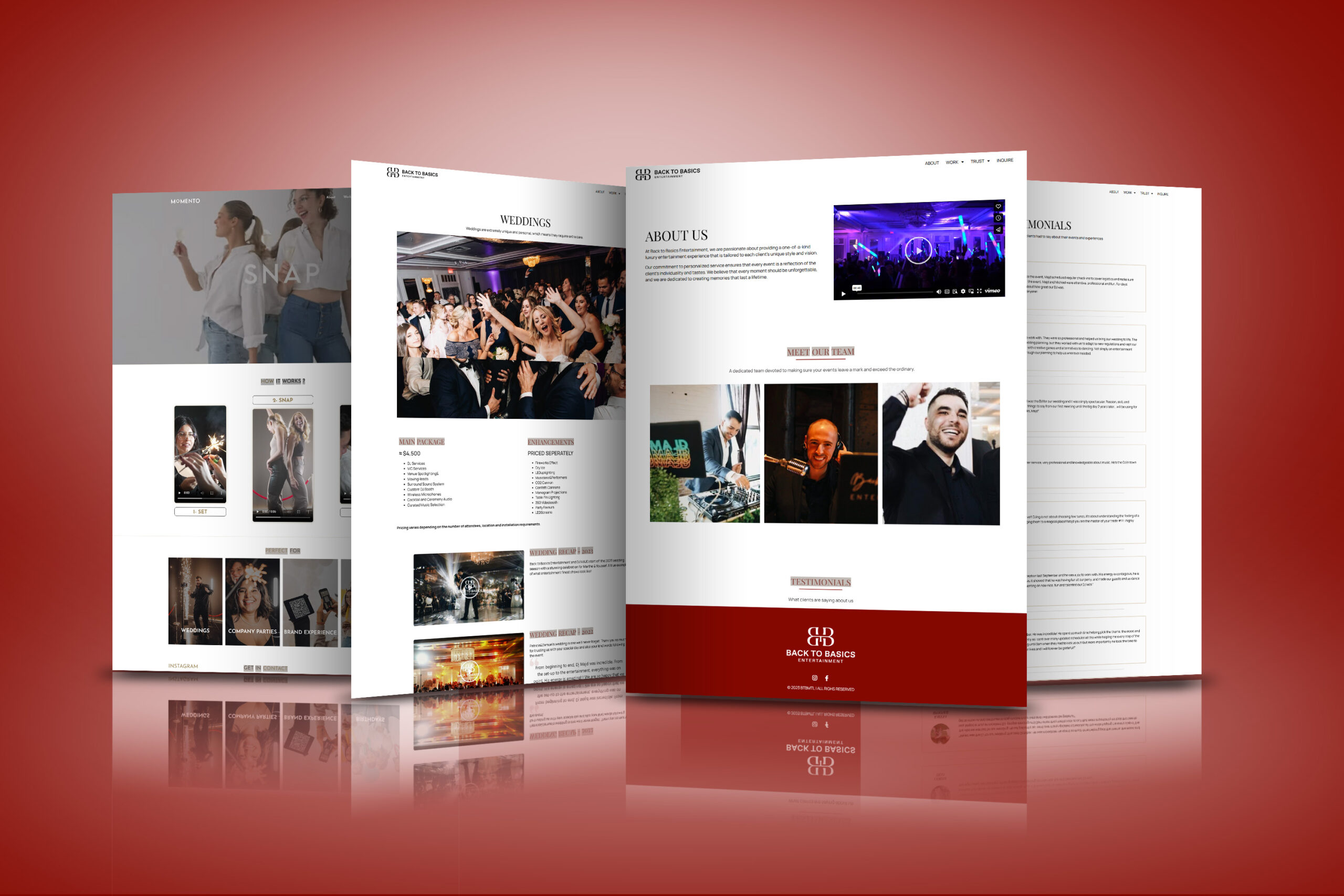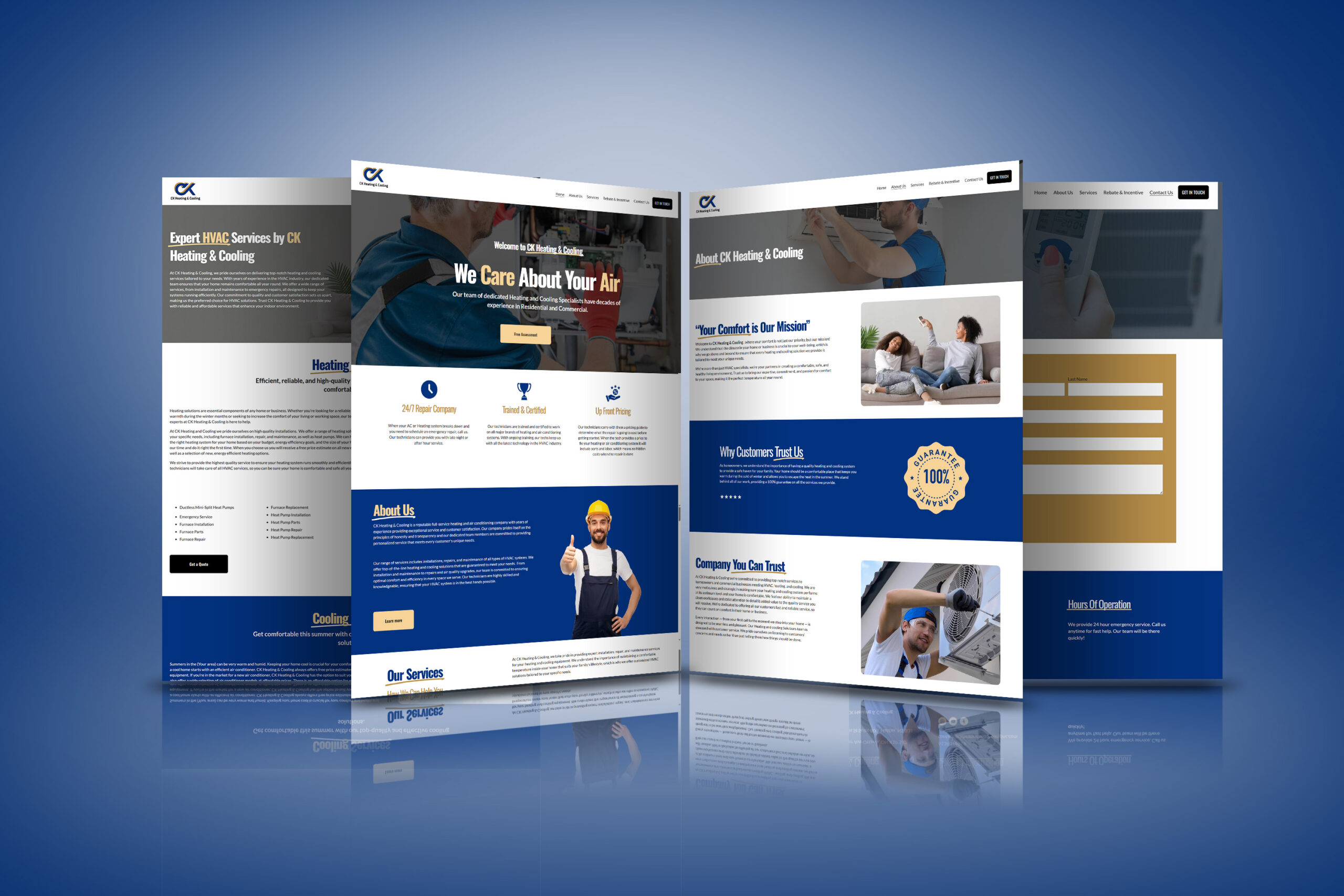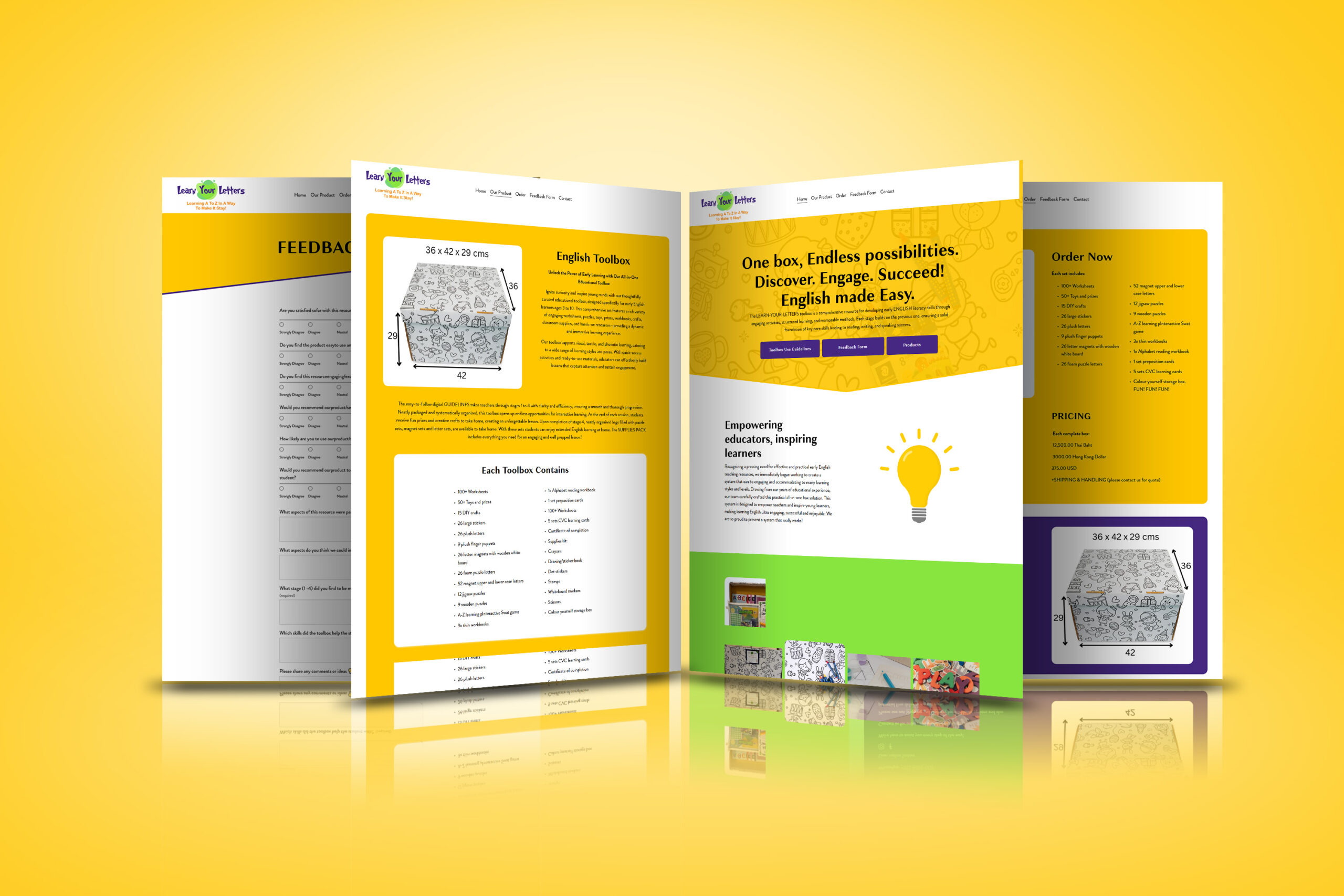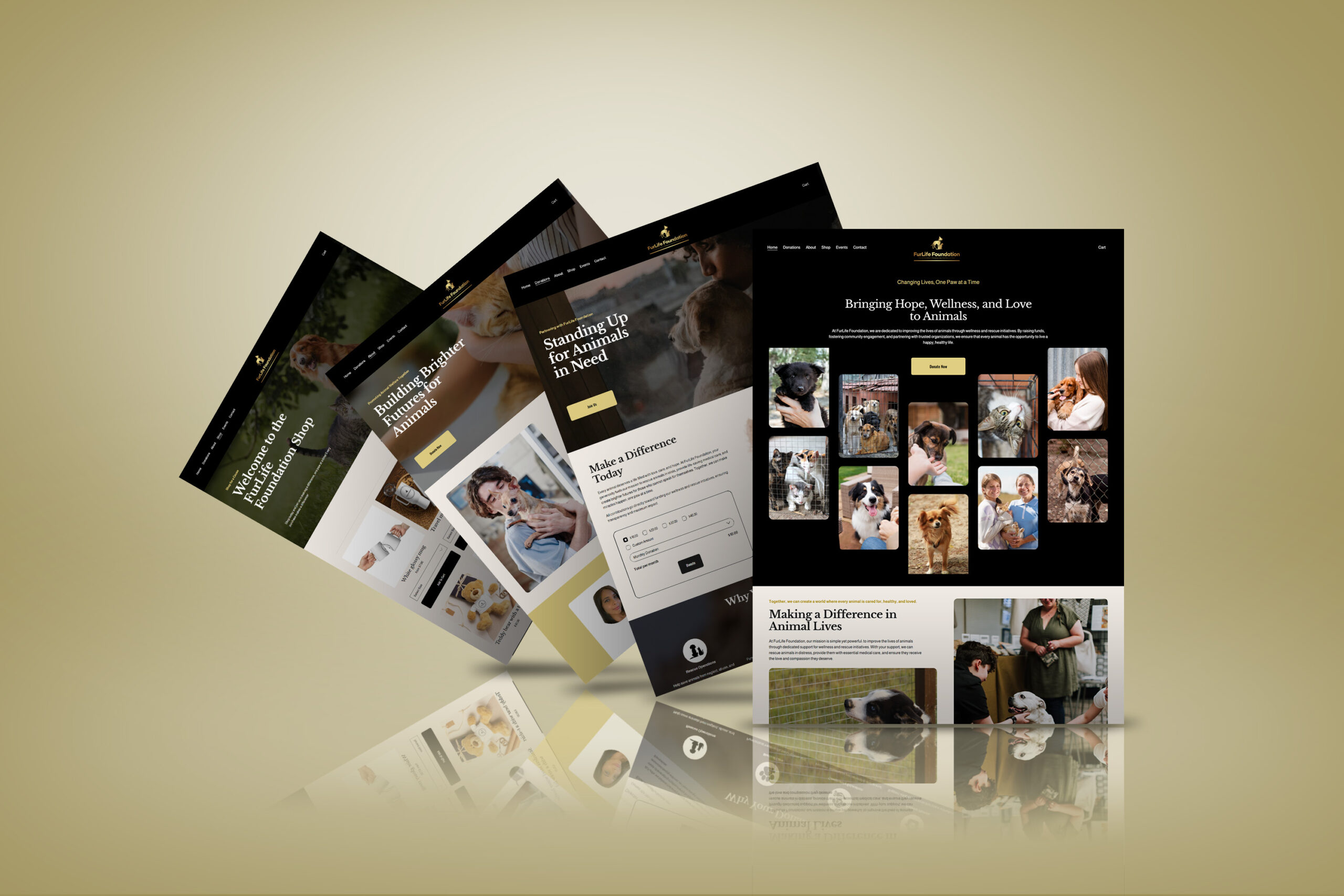Introduction
As one of the most popular CMS platforms in the world, WordPress is a prime target for cyberattacks. In 2025, securing your WordPress site goes beyond basic plugins—it involves a layered security strategy, proactive monitoring, and understanding modern threats. This comprehensive guide covers the latest WordPress security practices you must implement to safeguard your website and data.
1. Understand the Current Threat Landscape
Cybercriminals are becoming more sophisticated. Here are the most common attacks in 2025:
- Brute force attacks on login credentials
- SQL injection and XSS vulnerabilities
- Plugin/theme vulnerabilities
- Malware injections
- DDoS attacks on hosting servers
Insight: 60% of compromised WordPress sites in 2024 were due to outdated plugins or themes.
2. Choose Secure Hosting
Your host is your first line of defense. Look for:
- Daily backups
- Free SSL certificates
- Firewalls and malware scanning
- Real-time server monitoring
Top Hosts in 2025: Kinsta, WP Engine, SiteGround, Cloudways
3. Use a Web Application Firewall (WAF)
A WAF filters malicious traffic before it reaches your server. Top WAF providers:
- Cloudflare
- Sucuri
- Wordfence (plugin-based)
Bonus Tip: Combine WAF with rate limiting to block brute force bots.
4. Keep Everything Updated
- Regularly update WordPress core
- Auto-update plugins and themes
- Delete unused plugins and themes
Use tools like ManageWP or WP Remote for bulk updates.
5. Enable Two-Factor Authentication (2FA)
Prevent unauthorized logins with 2FA. Plugins to use:
- Google Authenticator
- WP 2FA
- Duo Two-Factor Authentication
Pro Tip: Require 2FA for all admin and editor accounts.
6. Limit Login Attempts
Restrict failed login attempts to prevent brute force attacks. Best plugins:
- Limit Login Attempts Reloaded
- Loginizer
- iThemes Security
Set lockouts for 3–5 failed attempts with temporary bans.
7. Use Strong Password Policies
- Enforce password strength
- Require regular password changes
- Use a password manager like Bitwarden or LastPass
8. Regular Backups
Use both on-site and off-site backup strategies:
- UpdraftPlus
- BlogVault
- Jetpack Backup
Frequency: Daily or real-time backups
9. Monitor for Malware & File Changes
Use security plugins that scan for suspicious activity:
- Wordfence
- Sucuri
- MalCare
Set up alerts for unexpected file changes or core modifications.
10. Harden WordPress Configuration
- Change the default wp-login URL
- Disable file editing in wp-config
- Restrict XML-RPC access
- Set correct file permissions (755 for folders, 644 for files)
Bonus: Use Security Headers
Add headers to protect against common attacks:
- Content-Security-Policy
- X-Frame-Options
- X-XSS-Protection
- Strict-Transport-Security
Configure these via your .htaccess or server config.
Final Thoughts
WordPress security in 2025 is no longer a one-time setup. It requires a proactive, multi-layered defense strategy. By combining secure hosting, smart plugins, regular updates, and strong user policies, you can drastically reduce the risk of breaches.
🔐 Stay secure. Stay updated. Protect your brand.



